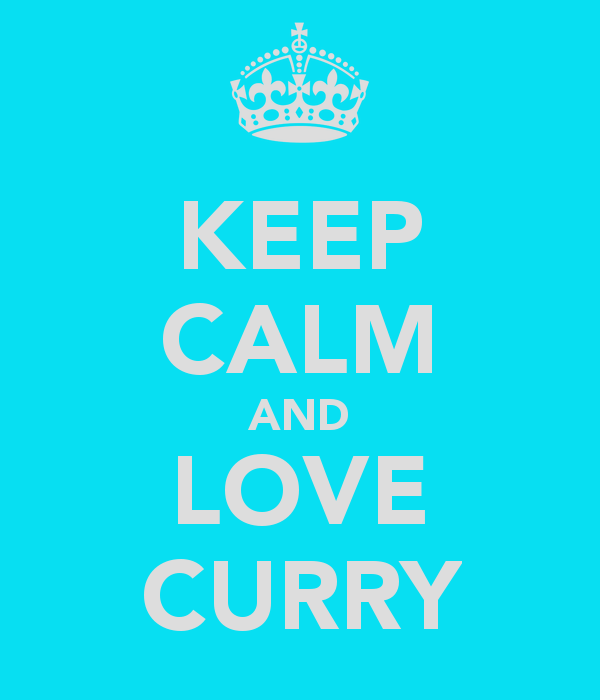The quintessential kati roll was born in a cavernous and smoky Mughlai restaurant in the Byzantine back alleys of Kolkata called Nizam's way back in 1932. The classic kebab cooked on a bamboo skewer or kati (as it was called in Bengali) and stuffed in a fluffy paratha, was a quick meal on the go and a substantial snack that nurtured generationsof Calcuttans. The kati roll shortened to a simple 'roll' soon travelled with enterprising Bengalis to other parts of the country and was soon appropriated as Indian street food available in every nook and corner in every city across the country. Everyone had their own secret spices, their own meat and veggie variation and their own secret sauces. From Delhi's kakori kebab rolls to Mumbai's aloo filled frankies, the roll has many avatars. However, it is the Kolkata-style kati roll that has survived many pretenders and converted even the health food junkie to break their resolve and try a bite of this delicious, greasy and unbelievably hearty meal on a stick. Bangalore as a shape-shifting city of expats is home to varied cuisines and cultures and a large Bengali population (numbering in lakhs) has ensured that the Calcutta-style kati roll has found its way into the leafy bylanes of neighbourhoods across the city. Surprsingly, we found some delicious rolls hidden away in the backlanes of Indiranagar, that posh high street of gourmet restaurants and chic pubs. Move away from the glittery neon lights of the main roads, through the warren of bungalows and boutiques, use your nose as a GPS radar, follow the smoky smell of burning charcoal and before long, you will find yourself at these popular hole-in-the-wall establishments that have become my comfort food on blustery and rainy days.
Chakum Chukum: Calcutta on a Roll: This little roll shop tucked away in a corner off
7th Main Road, Indiranagar is always busy and the few plastic chairs and stools outside its outlet are almost always occupied and many others stand by waiting for the parcels or chowing down hot rolls under the tree. The three or four member staff operate out of minuscule kitchen churning out rolls by the dozen with assembly line precision. The paratha in each roll is equally crisp, the lemony onions creating the perfect balance with the charred edges of the kebab or veggie filling. Started by an advertising executive, Sujoy Das (also the man behind the innovative Bengali and Anglo-Indian restaurant Bow Barracks which has unfortunately shut shop) and his wife Arpita Sinha, this little joint has a loyal; customer base as well as daily converts. My favourite: their Double Chicken Egg Roll where the paratha is cooked on the griddle along with egg, creating this flaky hybrid paratha-omelette which is then given that right bit of heat with the green chillies, the sweet and sour red onions and the melt-in-the mouth and tangy chicken tikkas. This one is really Calcutta on a kati. Priced at `140, this is a perfect substitute for dinner. The prices start at Rs 50.
Khan Saheb Grills and Rolls: Just down the road from Chakum Chukum, Khan Saheb
is located on the ground floor of Sri Shiva Sai Complex on the 13th Main, HAL 2nd stage Indiranagar and is a roll shop worth patronizing. Another primarily takeaway joint, they make their rolls in paratha, roomali roll as well as whole wheat
wraps. They also have a more extensive menu with kebabs and tandoori items as well
as beda roti and bhuna combos. However, since rolls were what I wanted, rolls werewhat I stuck to. I tried their Chicken Reshmi Tikka Roll in a whole wheat wrap. This healthy option was surprisingly tasty and holding the succulent kebab filling with elan. The Mutton Seekh Roll (one cannot have do justice to a mutton roll unless it comes in a paratha) was a delightful spicy concoction of finely ground meat kebabs and julienned onions. Priced at Rs 70 and Rs 120 each, the two rolls were an economical and satisfying
late evening snack. While this roll joint combines the Kolkata kati roll with local flavour, it does so with finesse, making sure that kati roll junkies or wrap-eating fitness enthusiasts get their fix.
Kitchen of Joy: This tiny and cheerful snack joint is bedecked with snapshots of the city,
stuffed with Kolkata-themed memorabilia and little tables and mudas where your knees and elbows might graze against your neighbours, providing the perfect session for intimate adda sessions or a frugal first date. Apart from chops, samosas, boiled eggs and a range of teas, the little shop modelled after a neighboured snack joint in Kolkata, also serves kati rolls. I picked a Chicken Egg roll and was surprised to find a generous portion of a tawa-style chicken stuffed inside a flaky paratha. While there are some purists who argue that the regular kati roll can sometimes be a tad too dry, this roll is the answer to all those cribs. Coated in a spicy sauce, onions and slivers of capsicum, this roll is hearty and fillling. Quell your tingling tastebuds with a soft rosogolla from the same shop and you will leave as a happy camper. The Chicken Egg roll is competitively priced at Rs 90.
(This story was published in the New Indian Express, Bangalore on 15 November 2014)






